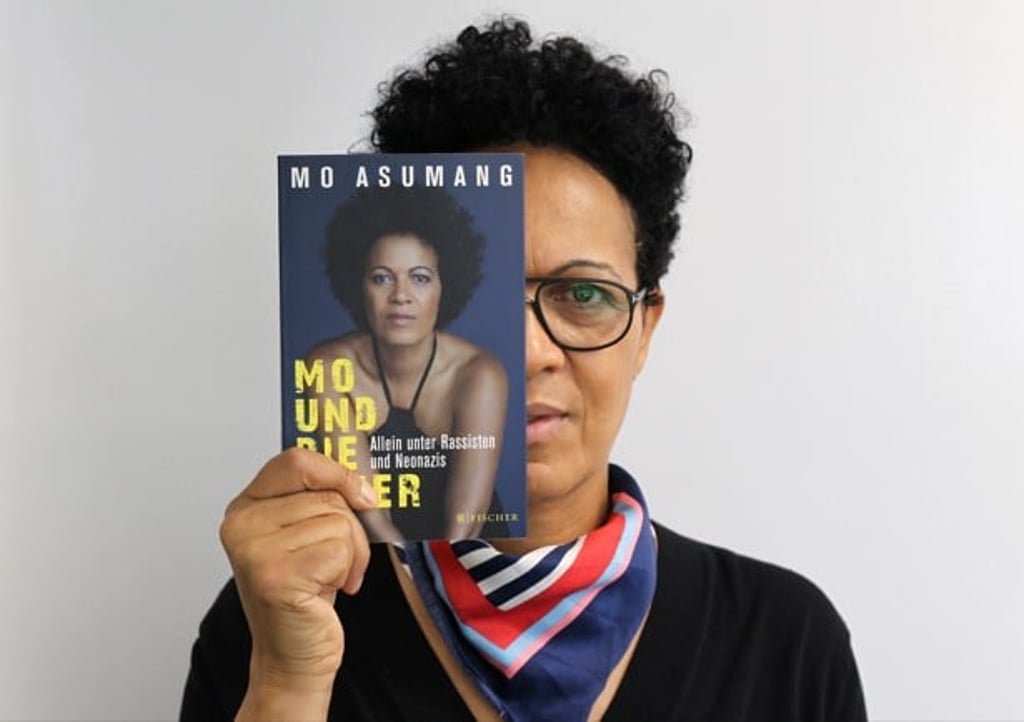German anti-racism activist’s message of tolerance as she tells Hong Kong school pupils of her struggle
Mo Asumang has suffered racism her whole life but chose to confront it head on, becoming one of Germany’s first black woman TV presenters and filming a documentary on white supremacists

After Mo Asumang finished speaking about tolerance and diversity to pupils at Chinese International School in the Hong Kong neighbourhood of North Point, they spontaneously approached her for a group hug. The 55-year-old was pleasantly surprised and happy that her message had come across so clearly to them.
“They asked very intelligent questions and had deep thoughts. I was surprised how fast they could jump into this environment of racism in Germany even though they don’t experience racism here,” says the half-Ghanaian, half-German television presenter, producer and author.
“They asked questions like, ‘How do you deal with fear?’ Because I guess it’s something they experience in their lives. I tell them how I get rid of the fear, and [answer] questions about identity, because I’m Afro-German.”
Hong Kong must stop clinging to the fiction of racial superiority
Asumang has dealt with racism all her life and confronts it head on. That is why the Hong Kong Holocaust and Tolerance Centre, and the local chapter of the Goethe-Institut language school, sponsored her trip to talk to Hong Kong pupils on the subject. This included covering how racism breeds movements such as white supremacism, which historically led to the rise of Nazism, and how the issue affects her personally.
Being biracial, Asumang has had to deal with racism from the moment she was born in the small central German city of Kassel. Her Ghanaian father, Raphael Asumang, was studying electronics there when he met her mother, Renate Walker, on a tram. For Walker, being with a black man was a rebellious act in the early 1960s – especially in post-war Germany. That is why Asumang calls herself a “revolution baby”.
“When my mother told my grandmother she was going to have a baby and the baby was going to be black, my grandmother said she wanted to jump in front of a tram and kill herself,” Asumang says.
